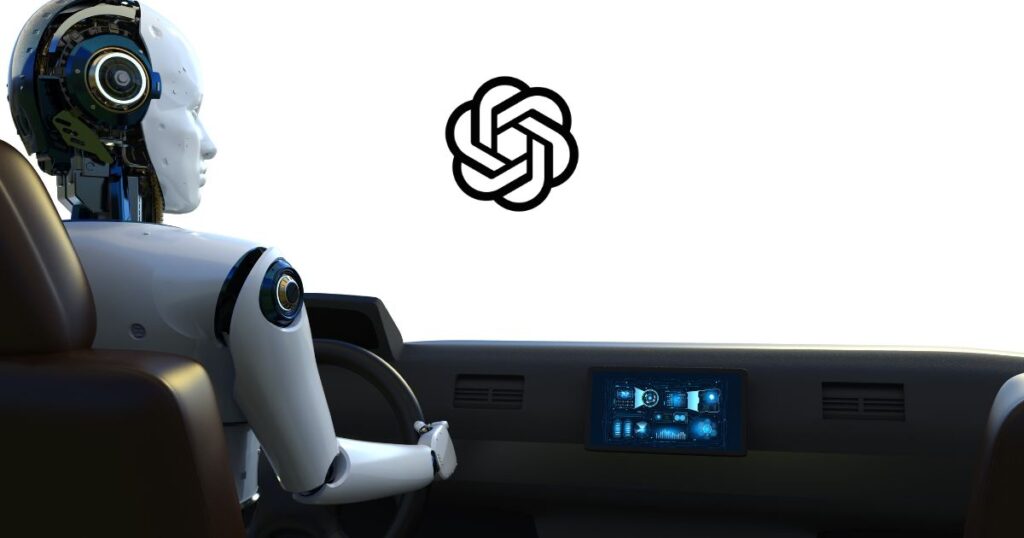Optimizing Business Growth through Software-Driven Vehicles

Software-driven vehicles, also known as autonomous vehicles, are revolutionizing the automotive industry with their cutting-edge technology and potential to transform transportation as we know it. While the concept of self-driving cars might have initially seemed like science fiction, significant advancements in artificial intelligence and sensing technologies have made it a reality. As these vehicles become increasingly viable and accessible, businesses have a unique opportunity to leverage software-driven vehicles to drive growth, enhance efficiency, and explore new possibilities. In this article, we will explore how businesses can harness the potential of software-driven vehicles to unlock growth and stay ahead in the competitive landscape.

Streamlining Logistics and Supply Chain
For businesses heavily reliant on logistics and supply chain operations, software-driven vehicles offer a transformative advantage. Autonomous delivery vehicles can optimize route planning, minimize delivery times, and reduce operational costs. By leveraging AI-powered autonomous trucks or drones, businesses can achieve faster and more efficient last-mile deliveries, leading to increased customer satisfaction and loyalty.
Enhanced Mobility Services
Companies in the transportation and ride-hailing sectors can significantly benefit from the adoption of software-driven vehicles. By incorporating autonomous ride-hailing services, businesses can reduce the need for human drivers, leading to lower operational costs and increased availability of services. Additionally, the potential for reduced traffic congestion and more efficient rides can improve customer experiences, attracting more users to the platform and fostering business growth.
Innovating Service and Convenience
Businesses in various industries can innovate their service offerings with the integration of autonomous vehicles. For example, restaurants and food delivery services can deploy autonomous delivery vehicles to offer contactless and speedy deliveries. Retail businesses can also explore the possibility of autonomous stores on wheels, providing on-demand products and services in various locations, catering to customer preferences and demands.

Data-Driven Business Insights
Software-driven vehicles generate vast amounts of data through their sensors and onboard systems. Businesses can leverage this data to gain valuable insights into customer behavior, traffic patterns, and market trends. These data-driven insights can inform business strategies, optimize operations, and drive product or service innovation, ultimately leading to improved business growth and profitability.
Fostering Innovation and Partnerships
As software-driven vehicles continue to evolve, businesses can explore innovative collaborations and partnerships. Companies involved in developing AI algorithms, sensor technologies, and infrastructure for autonomous vehicles offer exciting possibilities for cross-industry collaboration. By collaborating with technology providers, businesses can accelerate their own growth and stay at the forefront of industry trends.
Creating New Revenue Streams
For businesses actively involved in autonomous vehicle development or services, there are opportunities to create new revenue streams. Licensing autonomous vehicle technology, data monetization, and offering white-label solutions to other businesses are potential avenues for generating additional income.

Conclusion
Software-driven vehicles represent a paradigm shift in the automotive industry, opening up numerous possibilities for businesses to drive growth and embrace innovation. From streamlining logistics and supply chain operations to providing enhanced mobility services and creating new revenue streams, the integration of autonomous vehicles can lead to a more efficient, customer-centric, and profitable business ecosystem.
However, adopting software-driven vehicles requires careful consideration of the technological landscape, regulatory frameworks, and safety concerns. Businesses must invest in robust cybersecurity measures, comprehensive testing protocols, and employee training to ensure the successful integration of autonomous technology.
As the technology continues to mature and become more widespread, businesses that embrace software-driven vehicles early on will gain a competitive advantage, setting themselves up for sustained growth and success in the dynamic world of autonomous transportation.
– by Kalpana Sha Iyer
Business Head – UK | Europe
kalpana.s@sankeysolutions.com